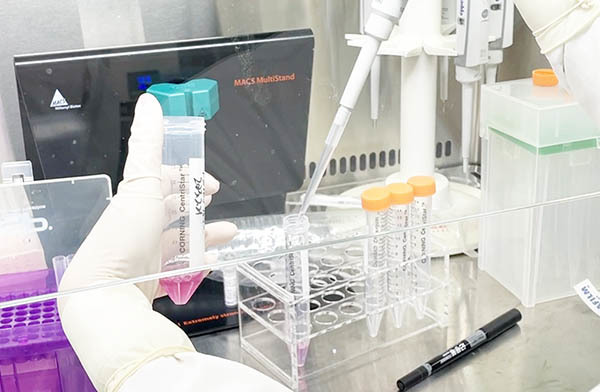
HUAREN MEDICAL TECHNOLOGY
R & D SERVICES
Basic Scientific Research
Basic Scientific Research

Molecular Biology Experiment
• RISPR/Cas9 Technology
In short, CRISPR/Cas9 is a molecular biology technology through which researchers can edit genes in cells and organisms. The so-called gene editing is the modification of the genetic material within an organism through certain biological means and techniques. The CRISPR/Cas9 technology, which was developed based on the acquired immune system of prokaryotes, contains only two important components, the Cas9 protein, which performs the function of DNA double-stranded cleavage, and sgRNA (single guide RNA), which has a guiding function. When both sgRNA and Cas9 protein are expressed in a cell, Cas9 protein binds to sgRNA and targets the target DNA sequence to perform DNA double-strand cleavage, which triggers the DNA repair mechanism inside the cell after the cleavage of the DNA sequence to create a break. In eukaryotic cells, both homologous recombination repair and non-homologous recombination repair exist. In homologous recombination repair, the broken chromosome is repaired using another intact sister chromatid as a template, while in non-homologous recombination repair, the broken DNA is repaired randomly, new bases are introduced, and a code-shifting mutation occurs in the gene.

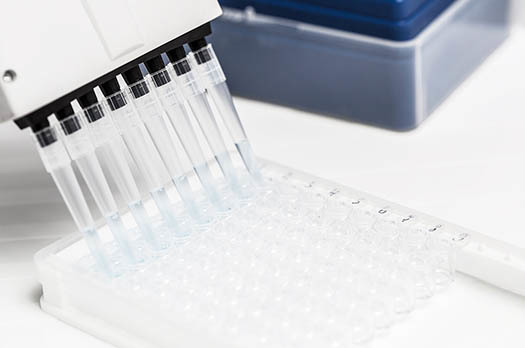
• ELISA
Enzyme-linked immunosorbent assay (ELISA) is a technique that antigen or antibody is adsorbed on the surface of a solid-phase carrier, so that the enzyme-labeled antigen-antibody reaction takes place on the surface of the solid phase. This technique can be used to detect large molecule antigens and specific antibodies, etc. It has the advantages of rapidity, sensitivity, simplicity, and easy standardization of the carrier.
• Nucleic Acid Extraction
Nucleic acid extraction is a fundamental component of molecular biology and high quality nucleic acids are essential for applications in molecular biology. Nucleic acid extraction provides the answer to a large number of broad studies and applications (e.g., cloning, qRT-PCR, and second-generation sequencing technologies in the context of whole genomes and transcriptomes), and the nucleic acids obtained can be applied in different ways in analyzing gene expression in basic and disease research, tracking responses to drug treatments, identifying new species and providing insight into the evolutionary process, and diagnosing diseases.
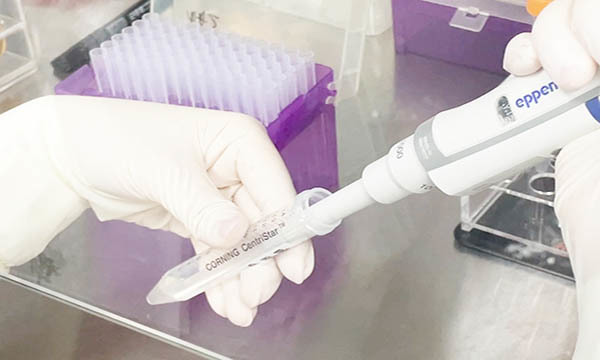
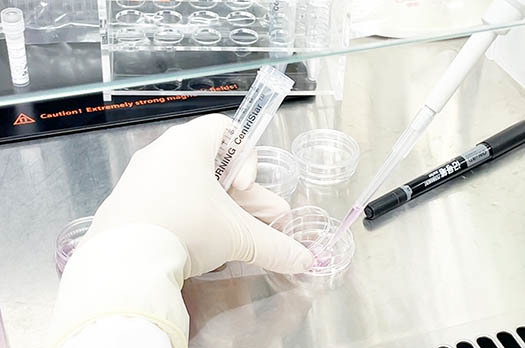
• Plasmid Extraction
Plasmids are mostly double-stranded, circular DNA molecules, which are auxiliary genetic units for replication and inheritance independent of bacterial chromosomes. Plasmids are the main DNA carriers used in molecular biology experiments and genetic engineering to improve species.
• CHIP Detection
Nucleic acids and proteins are the main biological macromolecules that make up life, and their interaction is the basis of life activities such as growth, reproduction, movement, heredity and metabolism that constitute life activities. The study of the interaction between proteins and nucleic acids is the key for people to explore the mystery of life phenomena, and the CHIP assay experiment is an important reference applied to the interaction relationship between proteins and nucleic acids.

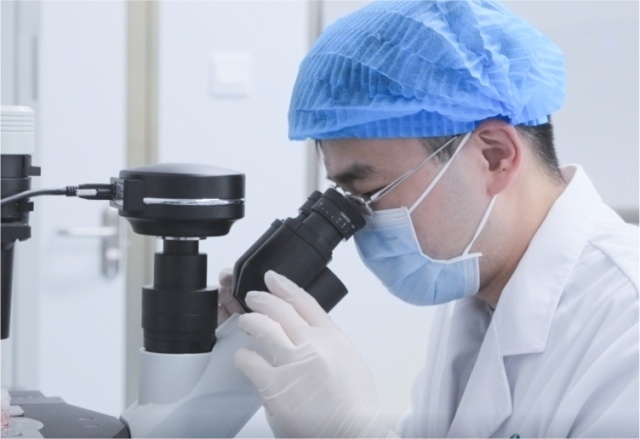
• Co-Ip Detection
Co-IP is primarily used for the detection of protein-protein interactions and is an extension of IP experiments based on the potential of the IP reaction to capture and purify the primary target (antigen, etc.) and other macromolecules that bind to the target through natural interactions in the sample solution. In addition, Co-IP can be utilized to determine protein interactions under different conditions.
• Immunoblot (Western blot) Assay
Protein immunoblotting (Western Blot), abbreviated as WB, refers to the separation of proteins with different molecular weights by SDS-PAGE gel, and then the target protein is transferred to a carrier (PVDF) membrane, using the specific binding of antigen and antibody, the target protein is bound by a specific primary antibody, and the primary antibody is bound by an HRP-labeled secondary antibody, and then the color is developed with ECL luminescent liquid, and the expression of a certain specific protein or certain specific proteins in tissues or cells can be detected. The immunoblotting of proteins is a method of analyzing the expression of certain specific proteins in tissues or cells. Protein immunoblotting is a routine technique for protein analysis, which is commonly used for the identification of certain proteins, qualitative and semi-quantitative analysis of proteins, as well as the subsequent analysis of protein-protein, protein-DNA, protein-RNA interactions, etc. The WB technology is now widely used in many research fields, such as protein expression studies, antibody activity detection, and early diagnosis of diseases. Detecting the expression of a certain or some specific proteins in tissues or cells. Protein immunoblotting is a routine technique for protein analysis, commonly used to identify a protein, and can qualitatively and semi-quantitatively analyze proteins, but also can be used for protein-protein, protein-DNA, protein-RNA interaction follow-up analysis.

• Flow Cytometry
Flow cytometry (FCM) is a single-cell quantitative analysis and sorting technology using flow cytometry. Flow cytometry is monoclonal antibody and immunocytochemistry technology, laser and computer science and other highly developed and comprehensive utilization of high-tech products.

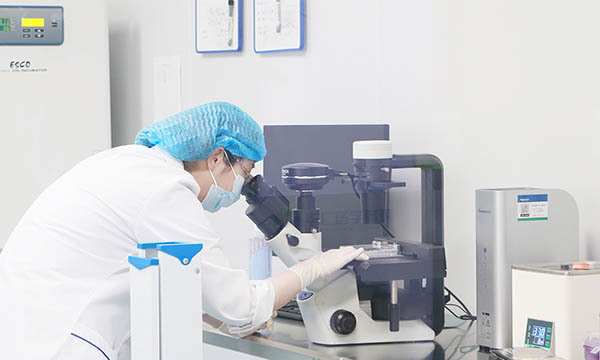
• Fluorescence Quantitative PCR
Fluorescence quantitative PCR is the most common method for detecting RNA content in biological samples. Through fluorescent dyes or fluorescently labeled specific probes, the PCR products are labeled and tracked, and the reaction process is monitored online in real time, and combined with the corresponding software, the products can be analyzed and the initial concentration of the template of the sample to be tested can be calculated. Currently, the Sybrgreen and taqman methods are mainly used for the detection of RNA content.
• DNA Methylation Testing
DNA methylation is an important mechanism in the regulation of gene expression, and DNA methylation testing refers to the determination of the degree of DNA methylation in tumor cells using various methods. In the development of malignant tumors, the state of methylation is not static, and the degree of hypomethylation of the whole genome in tumor cells has a close relationship with disease progression, tumor size and degree of malignancy, and the DNA methylation test is of great significance in the determination of the malignancy of tumors.
